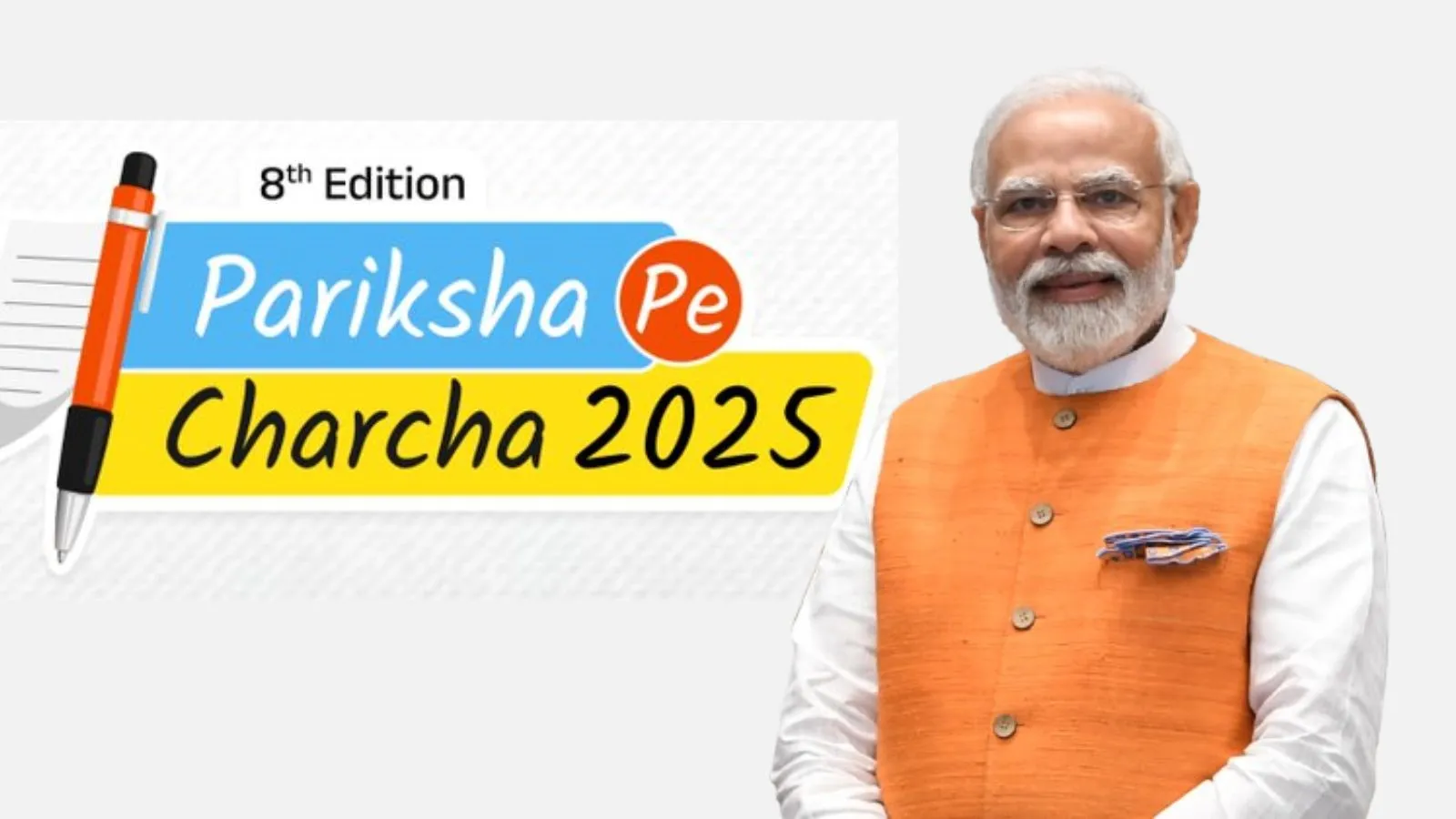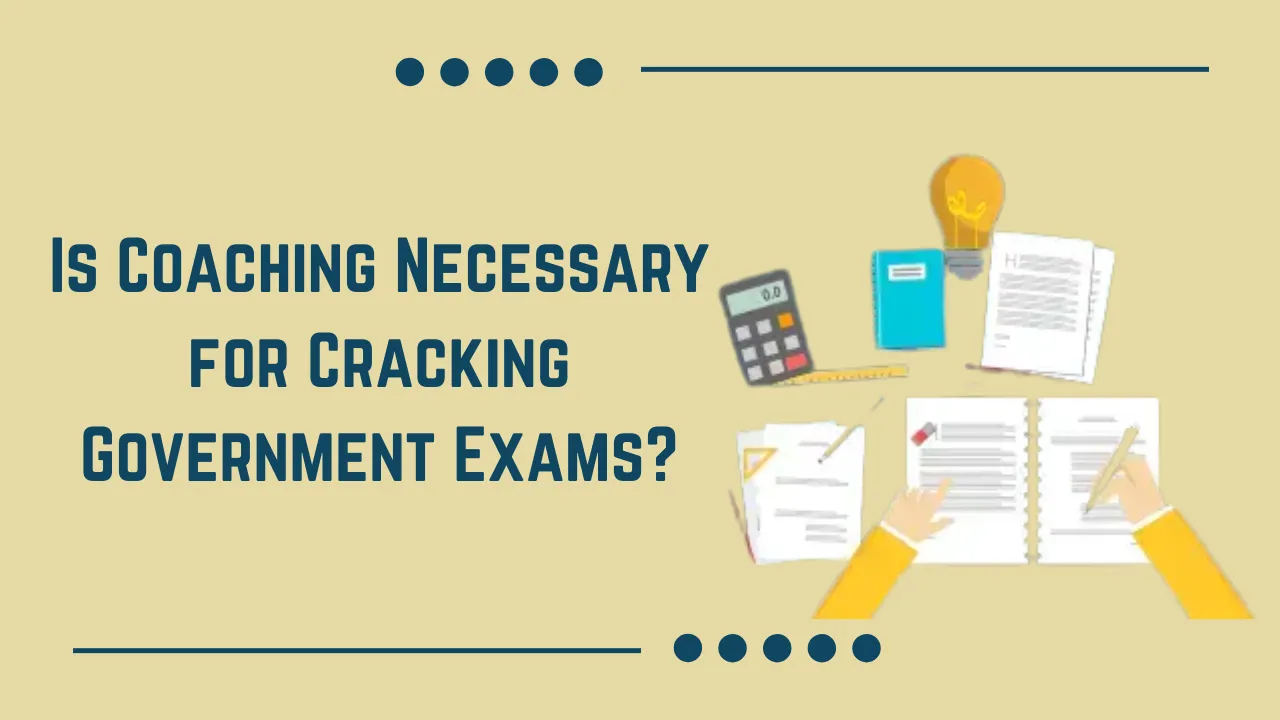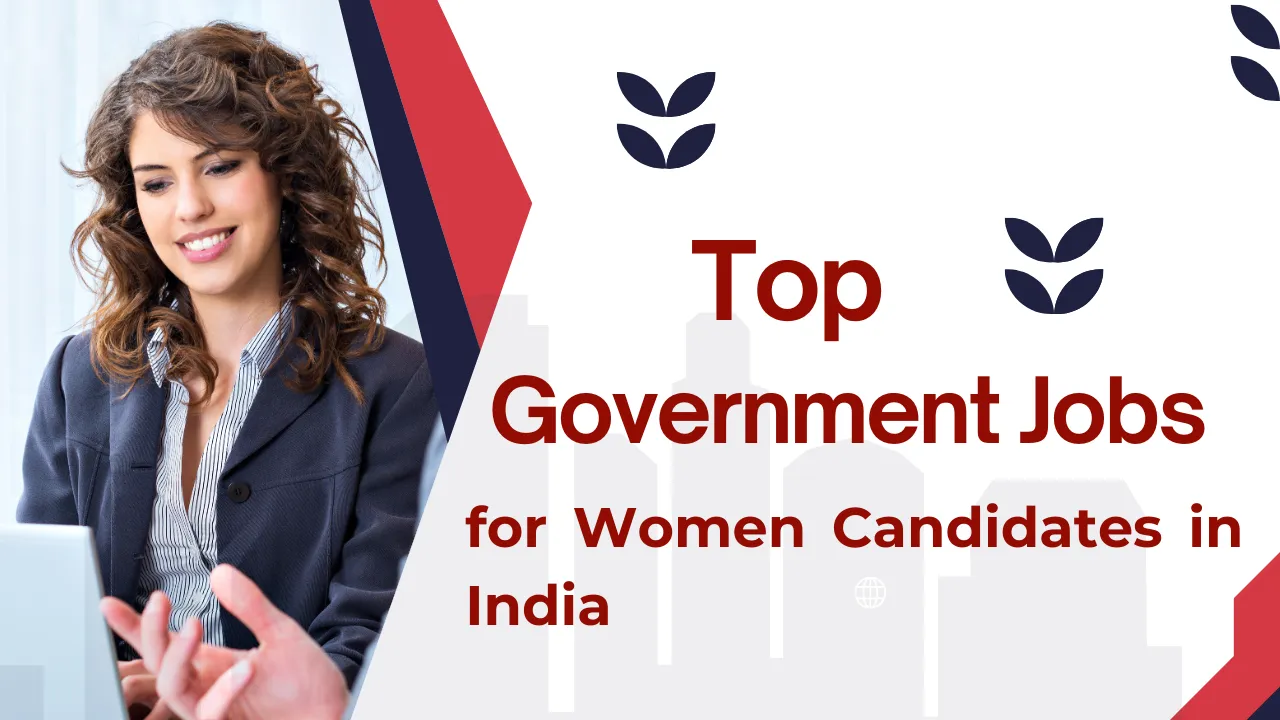Pariksha Pe Charcha, an annual event where Prime Minister Narendra Modi interacts with students, parents, and teachers, has cost the Education Ministry ₹64.38 crore over the past five years. Launched in 2018, this initiative aims to address students’ concerns regarding exam stress, time management, and study techniques.
The event, which has grown in scale over the years, has seen significant fluctuations in expenditure. While it initially had a moderate budget, costs rose sharply in recent years, sparking a debate over the necessity of such high spending. Opposition leaders have raised concerns over the allocation of funds, questioning whether the money could be better utilized for improving education infrastructure and student welfare programs.
Expenditure Breakdown of Pariksha Pe Charcha
| Year | Expenditure (₹ Crore) |
| 2020 | 5.69 |
| 2021 | 6.00 |
| 2022 | 8.16 |
| 2023 | 27.70 |
| 2024 | 16.83 |
| Total | 64.38 |
Increase in Spending Over the Years
The event’s budget remained relatively stable in its early years. In 2020, the expenditure stood at ₹5.69 crore, followed by ₹6 crore in 2021. A noticeable rise occurred in 2022, with costs reaching ₹8.16 crore. However, the most significant spike came in 2023 when the expenditure jumped to ₹27.70 crore, drawing scrutiny from various quarters.
In 2024, the cost dropped to ₹16.83 crore but remained significantly higher than the figures recorded before 2023. The Education Ministry has defended the spending, citing the scale of the event and the increasing participation of students across the country.
Justification for the Expenses
The Ministry has detailed the reasons behind the rising costs, highlighting several factors that contribute to the overall expenditure. These include:
- Travel and accommodation for students and teachers attending from different states
- Logistics and security arrangements
- Event management, including venue selection and technical requirements
- Promotional activities to ensure wider reach and engagement
Officials have argued that the event serves a crucial purpose in motivating students and providing them with practical guidance before their board exams. They claim that the scale of the event necessitates the expenses incurred.
Notable Personalities and Event Highlights
Over the years, Pariksha Pe Charcha has featured several high-profile figures who have shared their experiences and offered advice to students. The 2025 edition, held on February 10 at Sundar Nursery, included actors Deepika Padukone, Vikrant Massey, and Bhumi Pednekar. Other participants included six-time world champion boxer MC Mary Kom and spiritual leader Sadhguru, who spoke about focus, discipline, and handling pressure.
Additionally, past toppers from exams such as UPSC, IIT-JEE, CLAT, CBSE, NDA, and ICSE took part in discussions, sharing their preparation strategies. These interactions aim to inspire students and encourage them to develop better study habits.
Opposition Questions the Rising Costs
The increasing expenditure on Pariksha Pe Charcha has sparked discussions in Parliament, with opposition leaders questioning the rationale behind such spending. MPs Mala Roy and Manickam Tagore raised concerns over the budget allocation, asking for a breakdown of expenses.
In response, Minister of State for Education Jayant Chaudhary defended the initiative, stating that it plays a significant role in reducing exam stress and providing guidance to students. He argued that the costs are justified given the scale of the event and the benefits it offers.
However, opposition members have argued that while the initiative itself is valuable, the funds could be more effectively utilized in other areas, such as infrastructure development, teacher training programs, and scholarships for underprivileged students.
Impact on the Education Budget
The Education Ministry’s overall budget has seen a steady rise, increasing from ₹93,224 crore in 2021-22 to ₹1,21,118 crore in 2024-25. This budget covers a range of programs aimed at improving school and higher education across the country.
Despite the growing budget, critics argue that certain areas, particularly rural education, remain underfunded. They believe that instead of allocating such large sums to a single event, the government should focus on long-term improvements in the education system.
Review of the National Talent Search Examination
Apart from Pariksha Pe Charcha, concerns were also raised regarding the National Talent Search Examination (NTSE), a scholarship program designed to identify and support talented students. The Education Ministry acknowledged that the program has faced challenges, including:
- Limited representation of students from rural areas
- Low participation of female candidates
- Difficulty in accessing examination centers
- Inadequate financial support for scholarship holders
To address these issues, the government is working on revising NTSE in alignment with the National Education Policy (NEP) 2020. The goal is to create a more inclusive and effective program that ensures equal opportunities for all students.
Public Opinion on the Expenditure
The debate over the cost of Pariksha Pe Charcha has led to mixed reactions from the public. While many parents and educators appreciate the initiative for its motivational impact, others believe the funds could be used more effectively.
Some education experts have suggested that the government should:
- Invest more in digital learning infrastructure
- Expand financial aid programs for economically weaker students
- Improve teacher training and school facilities
Students who have participated in the event have found it useful, but there is a growing sentiment that such programs should not come at the cost of more essential educational reforms.
The Future of Pariksha Pe Charcha
Despite the controversy over its budget, Pariksha Pe Charcha is expected to continue in the coming years. The government has not announced any plans to scale down the event, but discussions about cost-effectiveness may influence future editions.
Some experts suggest introducing virtual participation options to reduce costs while increasing accessibility for students in remote areas. If implemented, this approach could help balance financial concerns while maintaining the program’s benefits.
Conclusion
The expenditure of ₹64.38 crore on Pariksha Pe Charcha over the past five years has generated debate about the appropriate use of education funds. While the initiative has been praised for its positive impact on students, the rising costs have led to concerns over budget priorities.
With the education budget increasing each year, the focus should be on ensuring that funds are allocated to maximise the long-term benefits for students. Whether PPC continues in its current format or undergoes modifications will depend on future evaluations of its impact and cost-effectiveness.







